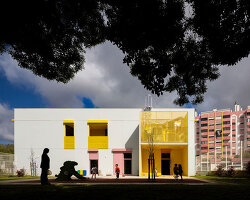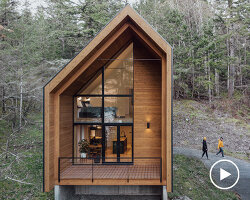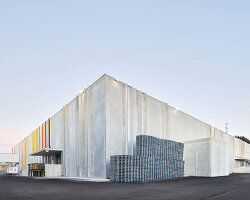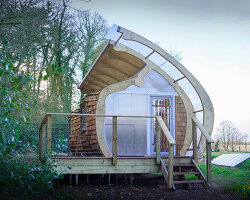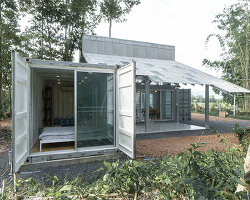KEEP UP WITH OUR DAILY AND WEEKLY NEWSLETTERS
PRODUCT LIBRARY
do you have a vision for adaptive reuse that stands apart from the rest? enter the Revive on Fiverr competition and showcase your innovative design skills by january 13.
we continue our yearly roundup with our top 10 picks of public spaces, including diverse projects submitted by our readers.
frida escobedo designs the museum's new wing with a limestone facade and a 'celosía' latticework opening onto central park.
in an interview with designboom, the italian architect discusses the redesigned spaces in the building.





 the corten steel cladding punctured with silouhettes of trees
the corten steel cladding punctured with silouhettes of trees








 the prefab home one its way to the site
the prefab home one its way to the site
 being lifted up onto the hill
being lifted up onto the hill
 positioned into place
positioned into place the attic being added
the attic being added how the house is assembled
how the house is assembled how the house is assembled
how the house is assembled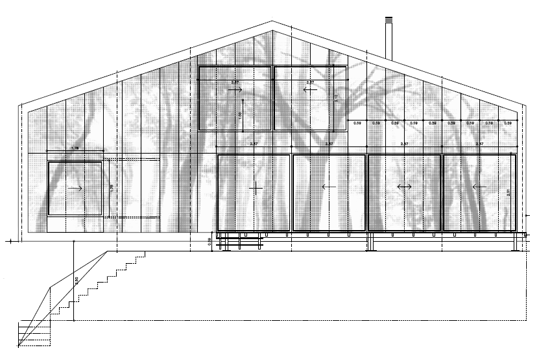 elevation
elevation elevation concept
elevation concept floor plan
floor plan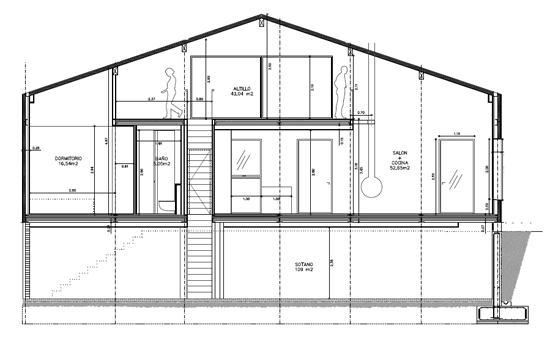 section view
section view